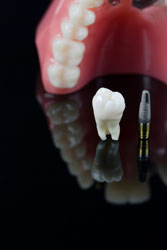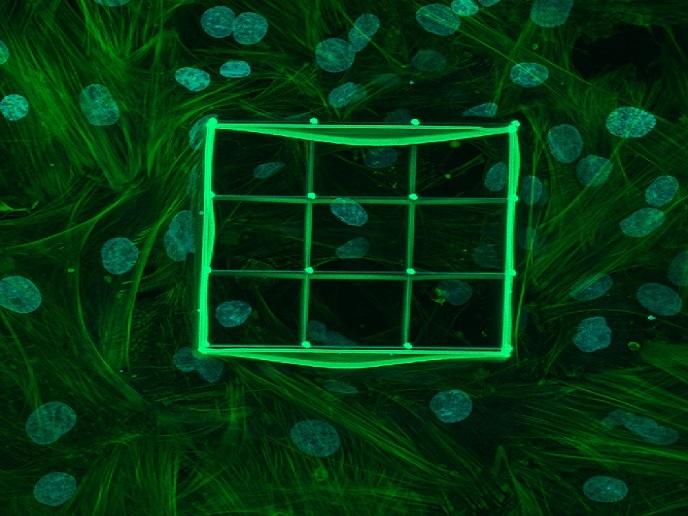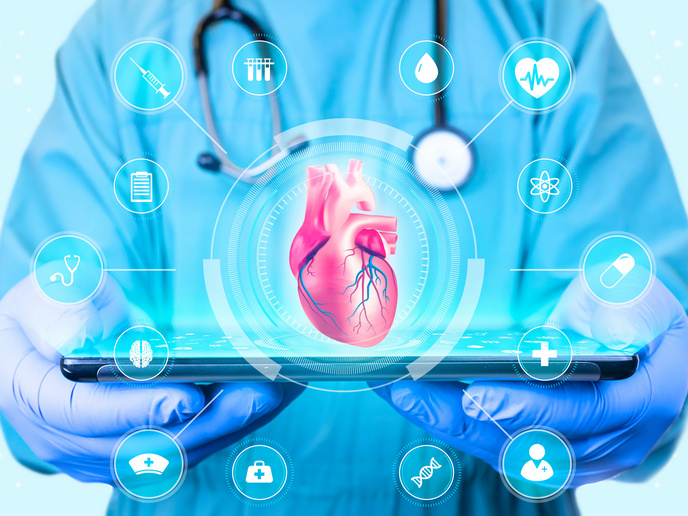Coatings for a positive response to implants
Medical devices that come in contact with human tissue must be carefully designed. Minimising adverse biological effects while maximising the therapeutic benefits for which they were intended is key. One way of enhancing biocompatibility is application of specialised coatings. European researchers set out to develop biologically-based coatings to impart medical device surfaces with novel bioactive properties. Supported by funding of the ‘Nanobiotechnology for the coating of medical devices’ (Pecticoat) project, scientists focused on pectins, a subclass of polysaccharides. Pectins are complex sugars found in the cell walls of land plants. The Pecticoat project studied pectins called rhamnogalacturonans (RGs) and particularly RG-I. They investigated the important potential of modifying plant RG-I such that it would stimulate cell colonisation of human implants without stimulating inflammation, immune and rejection responses. Careful analysis of mechanisms by which cell activity is induced in host tissue helped scientists design tailor-made pectin-based molecules to improve the biocompatibility of dental implants and other medical devices. Cooperation with industrial small and medium-sized enterprises (SMEs) should help bring Pecticoat coating technology to market quickly with important benefits for patients, manufacturers and healthcare systems.







